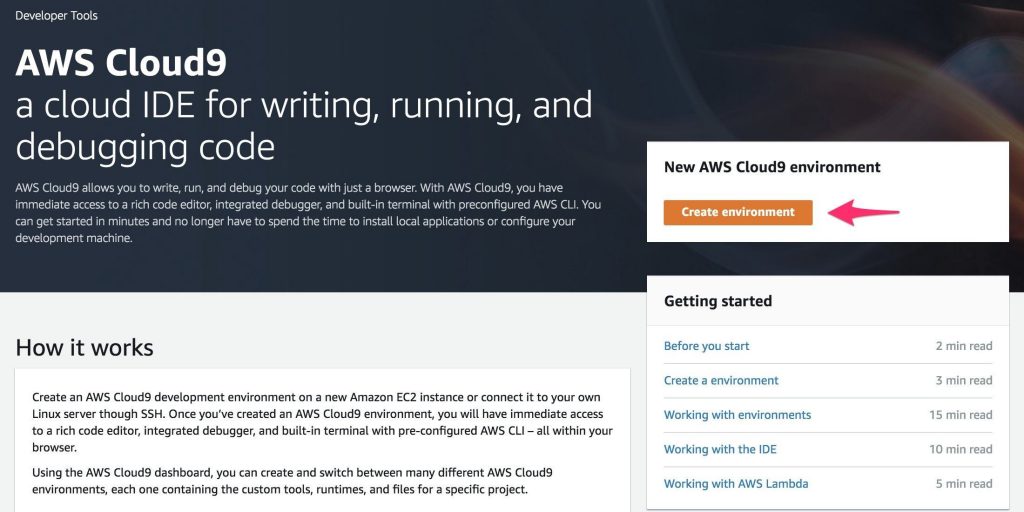AWS Public Sector Blog
Tag: AWS Cloud9
Establishing a robust cloud platform and operational model through the CCoE
This post is part three of a four-part series that addresses how a Cloud Center of Excellence (CCoE) can be a viable solution to address the challenges of digital transformation. In this post, we address the three technical perspectives of the Amazon Web Services Cloud Adoption Framework (AWS CAF). While the business, organizational, and governance perspectives of the AWS CAF are crucial, the CCoE must also focus on the technical capabilities required to build and operate a cloud environment that meets the organization’s needs.
Mitigating inadvertent IPv6 prefix advertisement with AWS automation
As federal agencies migrate to the Trusted Internet Connections (TIC) 3.0 framework, they will use Amazon Web Services (AWS) to exit to the internet, bypassing the TIC network. This transition requires agencies to plan and coordinate migration activities to verify seamless IPv6 connectivity. Agencies need to coordinate advertising their IPv6 prefixes with AWS, using mechanisms like Bring your own IP addresses (BYOIP). The migration process could involve changes in routing policies, firewall rules, and security controls to accommodate the IPv6 prefix changes. Read this post to learn more.
How to put a supercomputer in the hands of every scientist
The AWS Cloud gives you access to virtually unlimited infrastructure suitable for high performance computing (HPC) workloads. With HPC, you can remove long queues and waiting times so you don’t have to choose availability over performance. In this technical guide, learn how to use AWS ParallelCluster to set up and manage an HPC cluster in a flexible, elastic, and repeatable way.
Tips for educators to master virtual instruction
As educators, we need to approach the transition to online teaching as permanent change and innovate for the future. At California State University, we have moved to virtual instruction repeatedly throughout the last five years for a variety of reasons. I encourage educators to have an online version for all your classes, not only for emergencies, but also to be responsive to students who want online offerings. Here are some tips for successfully teaching online.
Adding an ingress point and data management to your healthcare data lake
Data lakes can help hospitals and healthcare organizations turn data into insights and maintain business continuity, while preserving patient privacy. A data lake is a centralized, curated, and secured repository that stores all your data, both in its original form and prepared for analysis. A data lake enables you to break down data silos and combine different types of analytics to gain insights and guide better business decisions. In my previous post, “Getting started with a healthcare data lake,” I shared how to get started using data lakes in managing healthcare data and what a good “first sprint” architecture might look like. Here, I walk through building your first solution on AWS using a healthcare data lake as our example workload.
Improving school safety: How the cloud is helping K12 students in the wake of violent incidents in schools
Research shows that students who feel safe are more likely to be engaged at school and be more successful in all aspects of life – not just academics. But students are dealing with the reality of increased violence in schools – finding it more difficult to feel safe. Administrator concerns in the wake of school violence have made school safety a top priority in K12. One collaboration is delivering a safer learning environment for students through a scalable, highly secure, and innovative cloud services solution.
How to develop microservices using AWS Cloud9, Docker, and Docker Compose
According to a survey of attendees at the AWS DC Public Sector Summit in 2019, 74% of government IT professionals believe their agencies hold onto data centers longer than they should. Monolithic methods of deployment impact speed, performance, and cost. With microservices, customers can break their monoliths into smaller business units, making it easier to migrate and manage systems in the cloud. This post outlines how customers can migrate from on-premises data centers to the cloud and break away from monolithic methods of deployment using microservices and containers.






